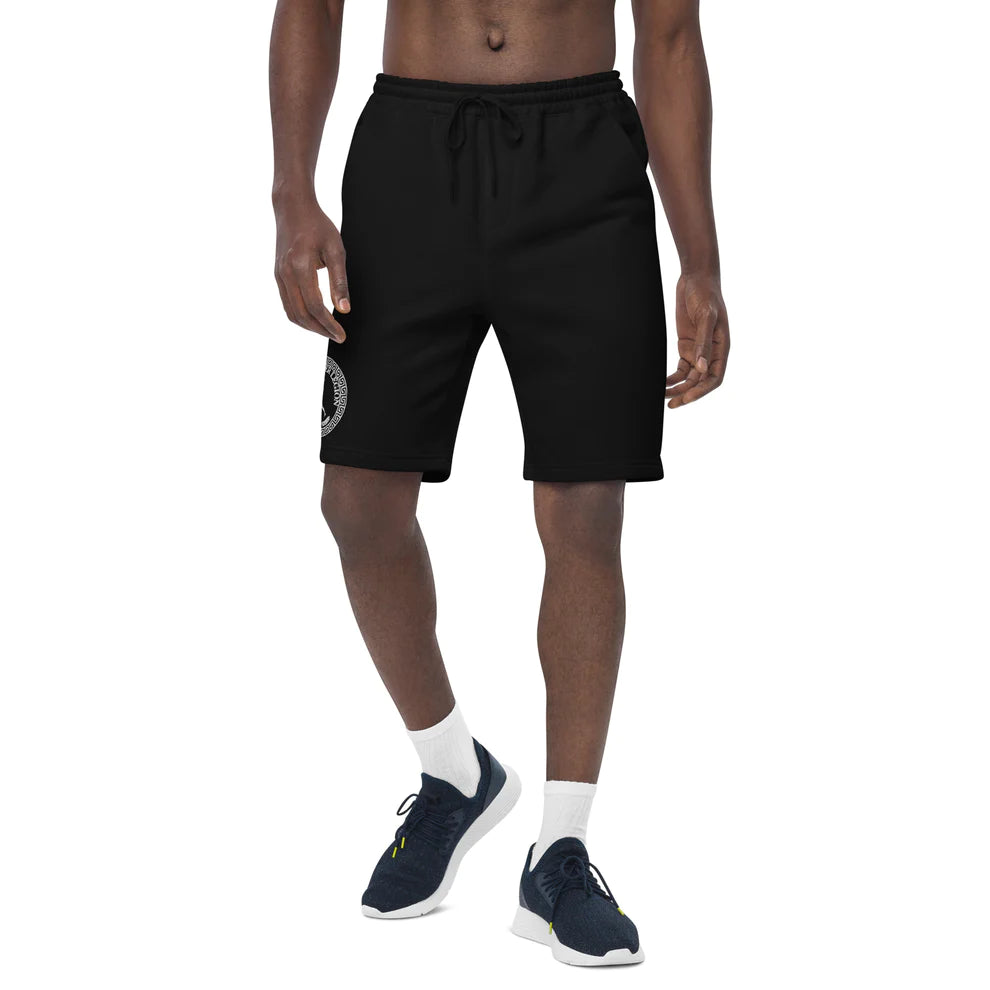Jiu-jitsu is a popular martial art that originated in Japan and was later developed in Brazil. It is known for its ground fighting techniques and the use of submission holds. When it comes to clothing, the Jiu-Jitsu Gi is a uniform specifically designed for training in Brazilian jiu-jitsu, and it is adapted from the keikogi used in modern Japanese martial arts.
The Gi, which means dress or clothes, is typically composed of a heavy cotton jacket, reinforced drawstring trousers, and a belt that communicates rank. If you're attending your first Jiu-Jitsu class, you can wear a t-shirt, athletic shorts, board shorts, athletic pants, or sweatpants. As you continue training, you will need a Jiu-Jitsu Gi.
When it comes to what to wear underneath your Jiu-Jitsu Gi, the main thing to consider is comfort. You can wear training shorts or leggings as well as your favorite athletic t-shirt. You can also wear a rashguard.
If you're wondering whether you should wear a cup for Jiu-Jitsu, groin cups are banned in BJJ competitions, so it's recommended that you wear performance shorts or compression briefs when sparring in a competition.
There are generally two different types of Jiu-Jitsu: Brazilian jiu-jitsu (BJJ) and Japanese jujutsu. While many people confuse the two martial arts to mean the same thing, the two have distinct differences.
Lastly, it's important to note that the color of your Gi doesn't matter in any way. The only restriction on the colors of the BJJ Gi is that the IBJJF and many other BJJ competition federations only allow white, blue, and black. Any other colored Gi is only used for BJJ training.
In conclusion, Jiu-Jitsu clothing is called a Gi, and it's composed of a heavy cotton jacket, reinforced drawstring trousers, and a belt that communicates rank. What you wear underneath your Gi is up to you, but comfort is key. There are two types of Jiu-Jitsu, and the color of your Gi doesn't matter except for in competitions where white, blue, and black are allowed.


